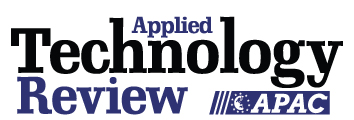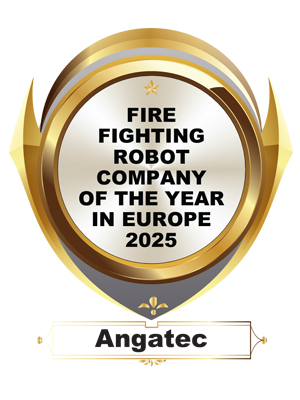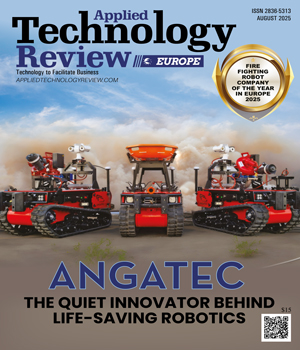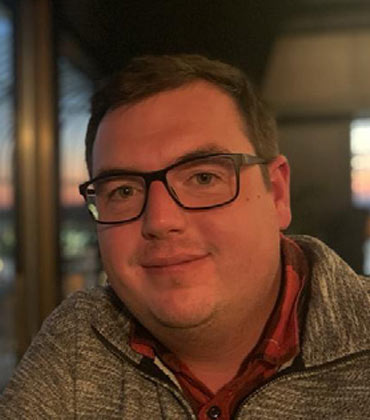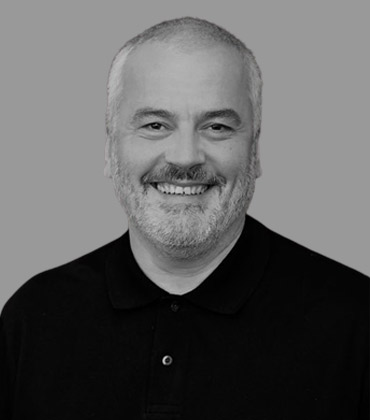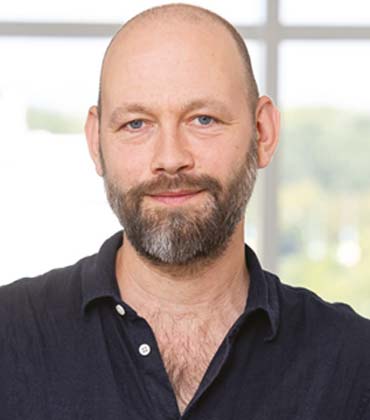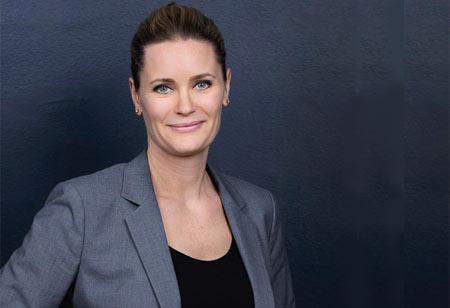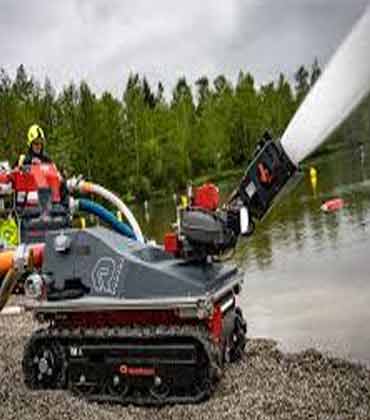THANK YOU FOR SUBSCRIBING
Applied Technology Review: Specials Magazine
Angatec’s journey began in 2013 with a clear and deeply rooted mission. A group of engineers came together, driven by a shared purpose, to create something that was both innovative and essential. Their goal was to support those who run toward danger when everyone else retreats. The initial focus was on first responders and firefighters; professionals facing life-threatening risks every day. Recognizing their extraordinary commitment, Angatec set out to equip them with the advanced tools they deserved. The engineers also worked closely with the military, particularly the French ground forces, to better understand operational demands across different environments. Rather than develop separate solutions for civil and military use, the decision was made to combine all requirements into one integrated system. The result was a robust, modular and highly versatile robot that meets the needs of both sectors. It could fight fires, navigate debris, transport the wounded, carry equipment, perform surveillance, and maintain communication in disrupted environments. In essence, it was built to protect and save lives. Angatec’s early clarity on how the robot would be used was more important than the technology. The company drew a firm ethical line. The platform would not be weaponized. Its purpose would remain rooted in logistics, rescue, reconnaissance, transport and support. It would serve as a protector, not an aggressor, in war zones or disaster areas. “Our robots are built to handle the harshest conditions. They can carry out surveillance, assess the situation, and detect the presence of people. In the field, that level of situational awareness can be a game-changer,” says Adrian Diaconu, chairman. Centered Around The End User From the beginning, Angatec embedded itself with its users. Rooted in engineering, it did not rely on assumptions about what firefighters or military operators needed. It asked, observed, tested and refined. In France, it worked alongside firefighters in fire response training centers like Valabre, one of Europe’s most advanced facilities. The robots were pushed through live fire scenarios, dense smoke, water damage, and unpredictable terrain. Angatec collaborated with experienced firefighting professionals from Portugal, Germany, Spain and Greece. Their input proved invaluable. From fine-tuning the robot’s user interface to enhancing its ability to navigate rugged terrain and optimizing its camera systems for low-visibility conditions, every feature was shaped in close collaboration with those who would use it in the field.
AV Design Service
For more than four decades, Audiotek has been recognised as a creative powerhouse in the field of audiovisual (AV) design and build. Driven by its founder, Frank Murray, who is himself considered a world leader in AV design & build, their ability to integrate sound, lighting and video systems to create mind blowing, immersive experiences has kept them ahead of the pack. Renowned for turning complex artistic visions into tangible realities, the company consistently leaves an indelible mark on the world’s grandest stages. Chris Kmiec, Audiotek’s UK Director, encapsulates his company’s philosophy of placing creativity at the heart of its tech-driven AV solutions. He says, “We do not allow technology to dictate the creative process. Instead, we leverage AV technologies into the creative engineering journey to enhance our clients’ performances and experiences. Keeping ahead of tech development keeps us nimble, allowing us to adapt to changing industry needs.” The proof of this approach is out there. The teams’ essence lies in their remarkable ability to adapt and flex to seamlessly navigate through a project. Their understanding of the AV space comes from decades of experience and listening. Every project begins with engaging clients in meaningful conversations, delving into insightful questions to capture the essence of their initial idea. This type of proactive collaboration is critical when laying the groundwork for each AV solution. Collaboration extends throughout the entire team, involving set designers, technical teams and external partners to ensure the final product seamlessly aligns with the client’s vision. The organic nature of the development phase is supported by some pretty hard-core technologies, allowing Audiotek to transform ideas into visual concepts using everything from 3D modelling to sophisticated simulations.
Audiovisual Communication Technology
For over forty-five years, SIGMA System Audio-Visuell has carved a niche for itself as a premier provider in the audio-visual communications and technology service industry, catering to a diverse range of events and presentations. Having a robust suite of offerings that encompasses equipment rentals and installations, content adaption, ongoing maintenance, and bespoke technical support, SIGMA System Audio-Visuell stands as the quintessential partner for all audio-communication requisites across multiple industry sectors. “Our mission is to serve as your full-service audio-visual partner, offering innovative solutions for the ultimate and impactful event experience,” asserts Alex. Holder, CMO of SIGMA System Audio-Visuell. In an exciting development for 2024, the firm has redirected its entire diligence towards the innovation of a groundbreaking product, under the working title, ‘Preset Master’. This offering is set to redefine event management by amalgamating control over various media elements—ranging from PowerPoint presentations to lighting and audio-visuals into a singular, intuitive interface. ‘Preset Master’ promises to streamline event execution, thereby mitigating the necessity for multiple operators to manage disparate aspects. This innovation is particularly advantageous for corporate events and hybrid meetings, where the demand for sophisticated presentations and fluid transitions between live and virtual attendees is paramount. ‘Preset Master’ is designed to empower users of all technical backgrounds to confidently orchestrate presentations. Moreover, it facilitates the pre-event preparation process, allowing for the creation of presentation presets during rehearsals. This feature not only simplifies system management but also significantly elevates the event experience for both presenters and attendees.
Gas Leak Early Detection Solution
Grandperspective is ushering in a new era of emission and safety management with its scanfeld system, the world’s first comprehensive solution for monitoring emissions in industrial facilities. This groundbreaking technology, powered by sensors, can detect over 400 chemicals from long distances, automatically visualise and pinpoint gas clouds, leaks, and deliver real-time emission reports to enhance safety and operational efficiency in complex industrial environments. “When I speak to the managers of large chemical companies, who are responsible for process safety and reducing emissions, there is one key trait that they all share. They exhibit a deep sense of responsibility, and they are constantly aware that the wellbeing of thousands depends upon their skills, knowledge and experience. They want to better understand the emissions landscape, so they can be in control of the emission detection narrative for the plants that they manage,” says René Braun, CEO and founder. Grandperspective is driven by the same desire. Braun and Peter Maas, the CTO and co-founder established the company after realising the inability of existing solutions to adequately track the diverse range of chemical emissions. The scanfeld system meets these challenges head-on. Whether it’s technical, process or fugitive emissions, it ensures immediate detection. “Our technology gives health and safety teams real-time situational awareness, clearly identifying which individuals in the plant are at risk,” says Braun. Scanfeld represents a leap in emission management. Unlike conventional sensor-based methods, it employs remote sensors and advanced data fusion to identify emissions in real time across large industrial sites. Tailored for extensive production and storage facilities, it allows remote monitoring of hundreds of compounds with exceptional versatility. It operates accurately across different altitude profiles without the need for calibration, delivering precision that differentiates between routine emissions and critical safety incidents.
CXO INSIGHTS
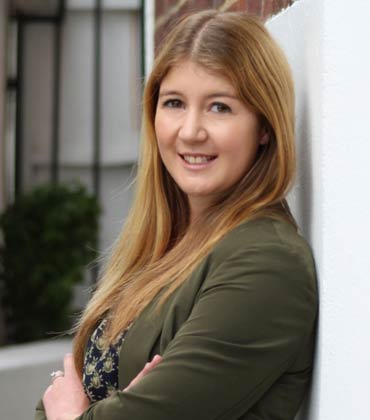
Planning for the Future - Technology & Town Planning
Alison Broderick, Associate Director, Savills Planning

The Challenges of GIS
May Winfield, Global Director of Commercial, Legal and Digital Risks, Buro Happold

From Hand-Held Defect Detection to A Mobile App: A Success Story
Jolita Mackiene, Head of Quality and Technology Department, Kelių Priežiūra

Engineering a Sustainable Tomorrow
Jennifer Spence, ESG Director, Essentra
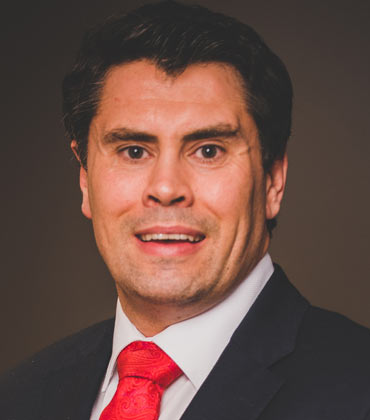
Combatting UAS - Utilising Resources Effectively in an Asymmetric Defence Environment
Alex Rose-Parfitt, Engineering Director, Raytheon UK
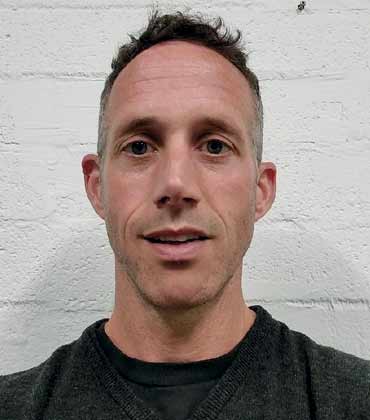
The Future of Contamination Control in the Pharmaceutical Industry
Kieran Falvey, Director/Principal Consultant, Pharmalliance Consulting Ltd
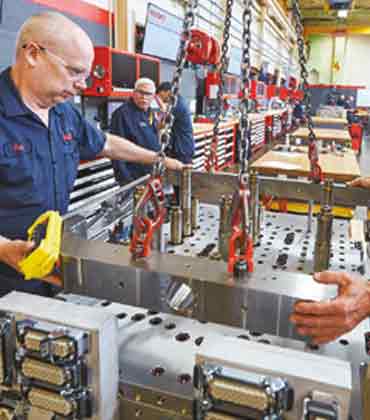
Implementing Industrial Robots
Laurent Huberty, Manufacturing Technology Team Manager, Husky Technologies
IN FOCUS
Predictive Insights for Responsible Business Growth in Europe
Europe is integrating sustainable development with AI, leveraging predictive insights to drive responsible growth, effective resource management, and ecological innovation in response to climate challenges and economic shifts.
EDITORIAL
The Rise of Firefighting Robots across Europe
Across Europe, the rapidly evolving field of firefighting robots is transforming how emergency services tackle hazardous environments. These advanced machines, built to withstand extreme temperatures and navigate unpredictable terrain, are reshaping the future of public safety and industrial fire management. As industrial urbanisation intensifies, wildfire risks escalate, and safety expectations rise, demand for robotic firefighting solutions is gaining strong momentum. Tracked and humanoid robots are increasingly proving their value in urban centres and remote or high-risk areas. Nations such as Germany, the UK, France, and Italy are advancing the sector through a combination of cutting-edge technology development and supportive regulations. Governments and private enterprises are investing in robotics to protect human firefighters and minimise the environmental damage caused by fires. Multiple forces are driving this growth. Expanding industrial operations and urban sprawl necessitate automated solutions in hazardous environments, such as refineries, chemical facilities, and energy plants. Simultaneously, stringent fire safety codes and public-sector support for innovation are accelerating the adoption of intelligent robotics. Significant strides in AI, navigation systems, and sensor technology are allowing machines to operate in places previously deemed too dangerous for human responders. With wildfires becoming more frequent and severe due to climate change, the need for autonomous systems to protect forests and rural infrastructure has become increasingly urgent. However, the sector still faces challenges. Robotics engineers must continue to improve battery capacity, heat resistance, and mobility across varied terrains. Ensuring consistent performance in lowvisibility and high-temperature conditions remains a critical concern, alongside high production costs and a lack of unified standards across the European Union. Even so, growing innovation and forward-thinking policy frameworks are helping to integrate firefighting robots into modern emergency response strategies. In this edition, we spotlight pioneering companies leading the charge in this space. Among them is Angatec, known for its development of dual-use operational assistance and firefighting robots. We also bring exclusive insights from industry leaders, including Ralph Gudde, VP Marketing and Sales, TRUMPF Photonic Components, and Emmy Pavlovic, CTO, Bulten Group. We believe these insights will enable more informed and data-driven business decisions.
